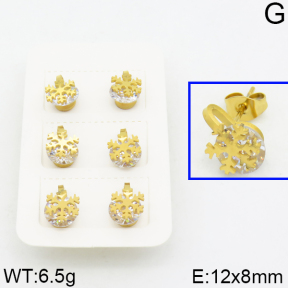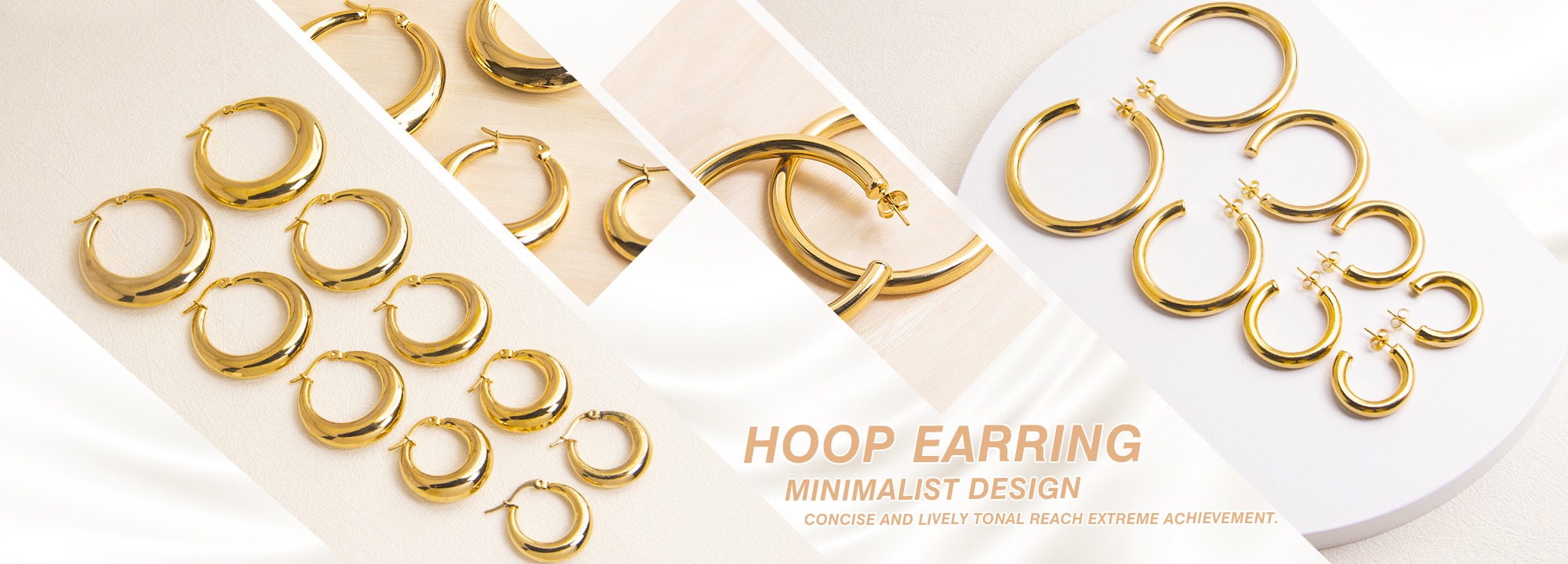Let’s do titanium VS stainless steel jewelry

Titanium vs Stainless Steel Jewelry provides an interesting comparison of two popular metals with different properties, aesthetics and benefits. These two metals are recognized in the jewelry world for their unique properties that cater to the different preferences and needs of consumers. Let’s delve into the key differences and qualities of titanium and stainless steel jewelry.
1. Durability and Strength:
Both titanium and stainless steel are known for their exceptional durability and strength, making them ideal for jewelry that can withstand everyday wear. However, titanium is often considered the stronger of the two due to its light weight and strength. It has a higher strength-to-weight ratio than stainless steel, giving titanium jewelry excellent resistance to scratches, dents and bends.
2. Weight and comfort:
The lightweight nature of titanium makes it stand out in terms of comfort. Titanium jewelry is barely felt on the skin, making it a top choice for those who prefer lightweight accessories. Stainless steel, while still relatively light, can feel slightly heavy in comparison, especially compared to the feather-light feel of titanium.
3. Corrosion resistance:
Both stainless steel vs titanium jewelry have excellent corrosion resistance, but stainless steel has a slight advantage in this regard due to its higher chromium content. The chromium oxide layer of stainless steel forms a protective barrier that protects the metal from tarnish, rust, and environmental elements. While titanium is corrosion resistant, its surface can become susceptible to traces of makeup over time.
4. Hypoallergenic properties:
Titanium and stainless steel are both hypoallergenic options for those with sensitive skin or metal allergies. However, titanium is often considered less allergenic because it does not contain nickel, a common allergen present in some stainless steel alloys. Those who are extremely sensitive to metals may prefer titanium due to its greater bio-compatibility.
5. Aesthetic diversity:
The versatility of stainless steel lies in its ability to mimic the look of other metals, including gold and silver. Stainless steel jewelry can be plated or finished to mimic the look of more expensive metals. Titanium, on the other hand, has a distinct gray tone that cannot be altered like stainless steel. This uniqueness appeals to those looking for an alternative aesthetic.
6. Finishes and coatings:
Stainless steel offers a wider variety of finishes and coatings due to its versatility to accept plating. This means that stainless steel jewelry can come in a variety of colors and finishes, broadening the creative possibilities of designers. Titanium color options are generally limited to natural shades, although anodizing can be used to introduce subtle color variations.
7. Price point:
Stainless steel jewelry usually wins out when it comes to affordability. The manufacturing process and abundance of stainless steel make it less costly than titanium. Stainless steel jewelry is an attractive option for those looking for an affordable durable option.
In conclusion, the choice between titanium jewelry and stainless steel jewelry is ultimately a matter of personal preference, style and priorities. Titanium's superior strength, lightweight comfort, and unique aesthetic make it the go-to choice for those who value durability and unique design. Stainless steel, on the other hand, appeals to a wide range of budgets, offers more aesthetic versatility, and boasts slightly superior corrosion resistance. No matter which metal you choose, titanium and stainless steel jewelry have their own advantages, contributing to the diverse world of fashion accessories.








